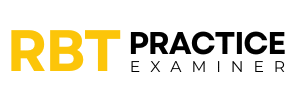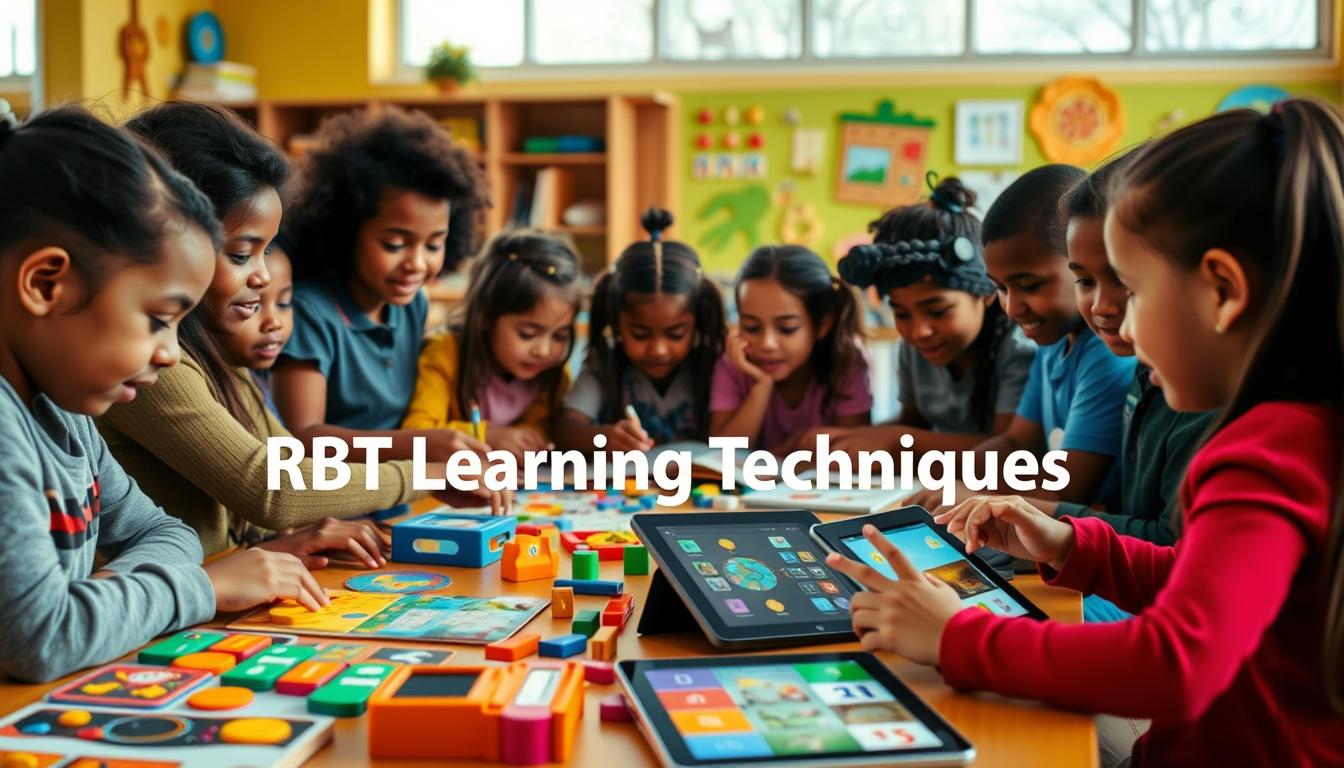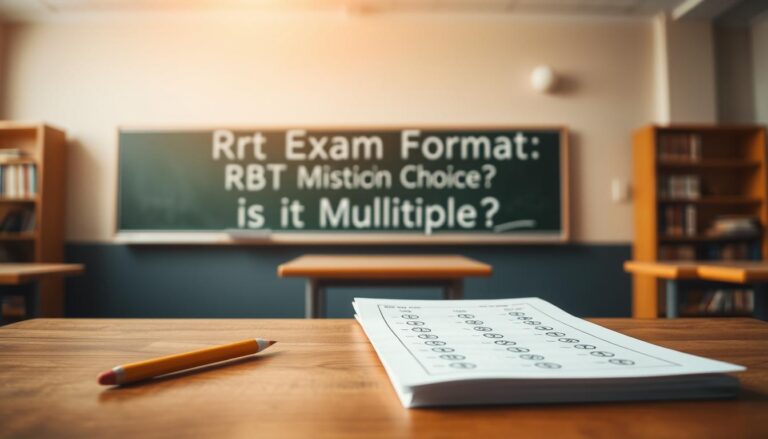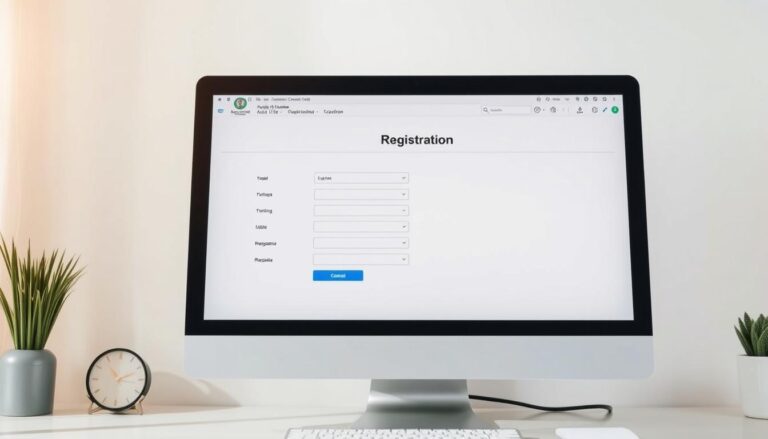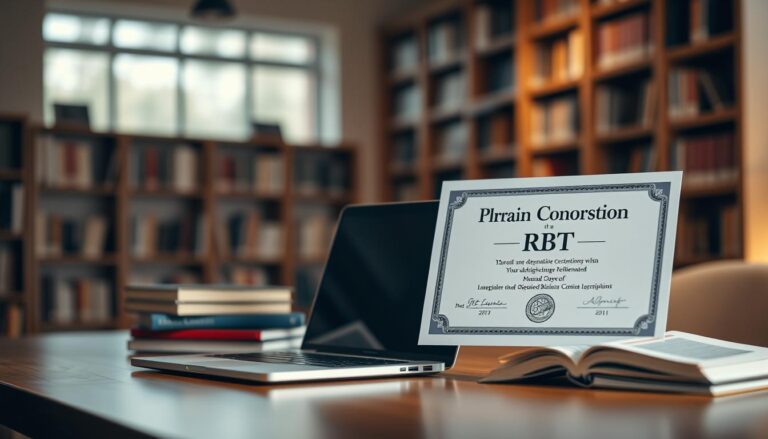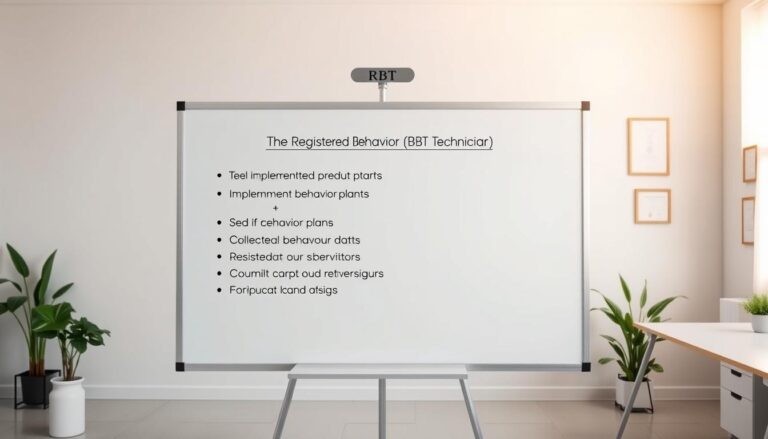How to Make Learning Fun with Techniques A Simple Strategy for RBTs
Registered Behavior Technicians (RBTs) are key in making learning fun for clients with developmental challenges. Finding ways to make learning enjoyable is vital. It helps create engaging environments that spark curiosity and motivation.
Learning is more than just getting information. It’s about making connections that inspire and excite. RBTs use creative strategies to turn tough learning moments into chances for growth and discovery.
Good RBTs know that making learning fun boosts client engagement and progress. They use creative methods to overcome communication barriers. This makes learning both meaningful and fun.
The secret is to mix professional standards with fun, interactive teaching. RBTs aim to make learning feel like play while keeping clear goals. This way, every interaction is a chance for real growth.
Understanding the Role of RBTs in Educational Settings
Registered Behavior Technicians (RBTs) are vital in schools, helping students with special needs. They work with Board Certified Behavior Analysts to create learning plans. These plans make learning fun and effective.
Core Responsibilities of RBTs
RBTs do many important things. They need technical skills and creativity. Their main tasks include:
- Collecting detailed behavioral data
- Implementing individualized behavior intervention plans
- Assisting with skill acquisition programs
- Supporting learners’ social and academic development
Impact on Learning Outcomes
Making RBT learning fun is key. RBTs help students learn better by using creative methods. They make learning fun and personal, which motivates students.
| Learning Area | RBT Intervention Impact |
|---|---|
| Social Skills | Improved interaction and communication |
| Academic Performance | Enhanced learning retention |
| Behavioral Management | Reduced challenging behaviors |
Building Professional Relationships
Engaging RBTs in fun learning activities starts with trust and positive connections. Good RBTs know that strong relationships are essential for success.
Professional boundaries combined with genuine care help create meaningful learning experiences that empower students to reach their full potential.
What is One Way to Make Learning Fun RBT
Making RBT education fun starts with gamification. Registered Behavior Technicians can make learning exciting by turning tasks into fun challenges. This grabs clients’ attention and keeps them motivated.
Adding play to RBT learning means using game-like strategies. The goal is to make learning feel like a fun activity, not a chore.
- Use point-based reward systems
- Create friendly skill competitions
- Design level-up scenarios for learning milestones
- Implement interactive challenge boards
Gamification boosts learning by making it enjoyable. When clients have fun learning, their brain gets a dopamine boost. This helps them remember better and stay engaged.
RBTs can create creative learning environments with playful strategies. This makes learning feel like an adventure. It keeps clients motivated, makes them less resistant to learning, and builds positive feelings towards education.
By mixing educational goals with game elements, RBTs can turn learning into exciting, interactive experiences. This inspires growth and progress.
Creating an Engaging Learning Environment
Creating a lively and engaging space is key for fun RBT training. The physical setting greatly affects learning excitement for RBT pros and their clients. A well-designed space can turn regular sessions into memorable moments that spark curiosity and drive motivation.
Setting Up Interactive Learning Spaces
Interactive learning spaces need careful planning for maximum engagement. Here are some important points:
- Create flexible seating arrangements
- Use bright, welcoming colors
- Establish clear activity zones
- Minimize visual distractions
Incorporating Sensory Elements
Sensory integration is key for effective RBT training. Different learners react to different sensory inputs. So, create a space that caters to all senses:
- Visual learners: Use color-coded materials and visual schedules
- Auditory learners: Include soft background music or sound-dampening elements
- Kinesthetic learners: Provide movement-friendly spaces with tactile learning tools
Organizing Materials for Easy Access
Organizing materials efficiently keeps learning spaces engaging. Use clear labels, open shelving, and designated storage for resources. This setup cuts down on transition times and keeps learners focused during RBT training.
- Use transparent storage containers
- Create visual inventory systems
- Rotate materials to maintain interest
Incorporating Play-Based Learning Strategies
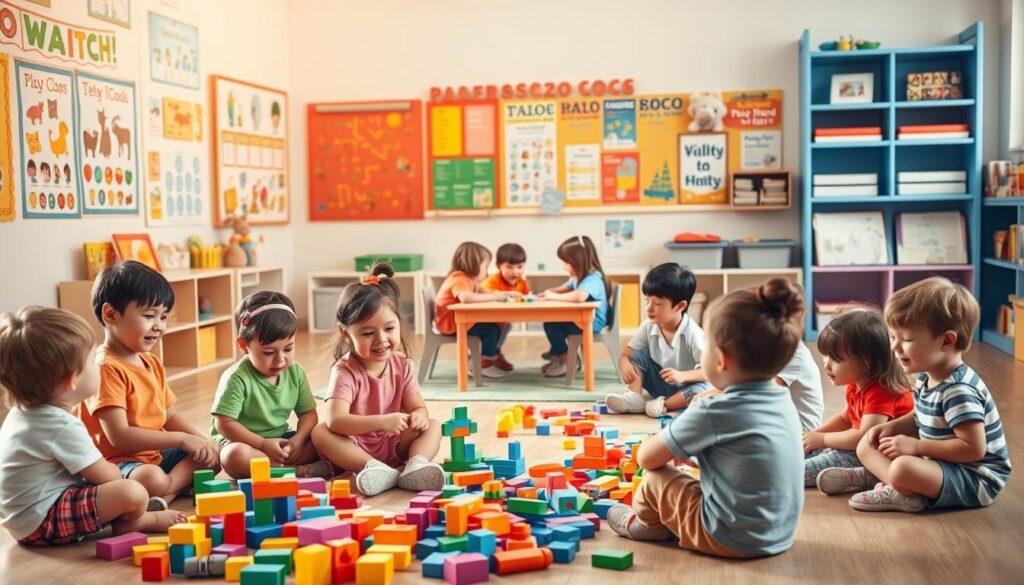
Play-based learning is a strong method for Registered Behavior Technicians (RBTs). It turns learning into fun, interactive sessions. Clients learn important skills while having a good time.
Fun RBT learning experiences mix play with skill-building. This way, RBTs grab students’ attention and keep them motivated. They use creative methods to make learning exciting.
- Role-playing exercises that simulate real-world scenarios
- Interactive board games targeting specific cognitive skills
- Storytelling activities that encourage communication
- Sensory-based play experiences
Customization is key in play-based learning. RBTs design activities that fit each client’s needs. They make sure these activities are fun and engaging. Adaptive play strategies help meet the needs of different clients at various ages and stages.
Play can tackle many areas of development at once. Skills like social interaction, problem-solving, communication, and emotional control can be improved through play.
- Match play activities to specific learning objectives
- Observe client responses and adjust strategies
- Incorporate client interests into learning games
- Use positive reinforcement during play
RBTs who use play-based learning create amazing learning environments. They make learning feel like an adventure, not a hard task.
Using Technology and Digital Tools Effectively
Technology has changed how Registered Behavior Technicians (RBTs) learn and grow. What is one way to make learning fun RBT? Digital tools make learning fun and interactive.
RBTs can use digital strategies to create engaging learning spaces. They can make learning fun by using educational technologies that grab students’ interest and keep them motivated.
Educational Apps and Games
Modern educational apps offer new ways to improve skills. These tools help learners practice:
- Communication skills
- Problem-solving abilities
- Social interaction techniques
- Cognitive processing
Interactive Learning Platforms
Interactive platforms offer personalized learning. RBTs can choose platforms that:
- Track individual progress
- Adapt to learner’s pace
- Provide real-time feedback
- Offer engaging multimedia content
Digital Reward Systems
Digital reward systems motivate learners with immediate positive feedback. Gamification elements like points, badges, and progress tracking make learning exciting and meaningful.
When using digital tools, RBTs should balance screen time with hands-on activities. This ensures technology enhances learning without replacing personal interaction.
Implementing Positive Reinforcement Techniques
Positive reinforcement is a key tool for making learning fun for Registered Behavior Technicians (RBTs). It turns boring lessons into exciting, motivating experiences. This is because it focuses on the positive aspects of learning.
Creating fun learning experiences for RBTs involves using creative reward systems. These systems go beyond just saying “good job.” They tap into what each learner finds interesting, making learning personal and engaging.
- Identify specific motivational triggers for each learner
- Design individualized reward structures
- Use immediate and consistent reinforcement
- Gradually fade external rewards as skills develop
Good reinforcement means watching and changing as needed. RBTs need to see what each learner likes and create fun ways to learn. This makes learning feel like a fun adventure, not a chore.
| Reinforcement Type | Description | Effectiveness |
|---|---|---|
| Social Reinforcement | Verbal praise, high-fives, special attention | High for relationship-driven learners |
| Activity Reinforcement | Earning preferred activities or choices | Excellent for motivation |
| Tangible Reinforcement | Small rewards, stickers, tokens | Good for initial skill acquisition |
By using these tips, professionals can make learning environments fun and supportive. This encourages RBTs to keep growing and improving their skills.
Designing Creative Learning Activities
Fun in RBT education comes from new ways to learn. Registered Behavior Technicians can make learning exciting. They do this by using play to engage learners’ senses and spark their imagination.
Movement-Based Learning Exercises
Kinesthetic learning is powerful when RBTs mix physical activity with learning goals. These activities keep students focused and help them learn better.
- Dance-based skill instruction
- Interactive obstacle courses
- Matching games requiring physical movement
- Sensory integration challenges
Arts and Crafts Integration
Creative projects are great for learning. RBTs can turn learning into art, making it fun and meaningful.
- Painting communication skills
- Sculpture-based motor skill development
- Collaborative art projects
- Craft activities targeting fine motor coordination
Music and Rhythm Activities
Music is a special way to learn. It helps students with memory, focus, and feelings. Rhythm activities make learning fun and engaging.
- Percussion-based learning games
- Singing instruction sequences
- Musical pattern recognition exercises
- Rhythm coordination challenges
Building Social Skills Through Group Activities

Learning social skills is key in RBT training. Group activities make learning fun and help build important social skills. They are great for making learning exciting for RBT participants.
Registered Behavior Technicians can make learning social skills fun. They design group activities that are safe and help learners practice communication and teamwork. These activities help learners understand each other better.
- Cooperative games that encourage turn-taking
- Team challenges promoting shared problem-solving
- Interactive role-playing scenarios
- Group project-based learning experiences
Planning group activities well is important. RBTs need to think about each learner’s needs. They must make sure everyone can join in and learn.
Here are some key strategies:
- Set clear group expectations
- Give structured guidance
- Use positive reinforcement
- Watch how the group works together
The aim is to make social interactions feel like play. By using fun group activities, RBTs help learners develop social skills. They keep the learning atmosphere exciting and fun.
Customizing Learning Approaches for Different Learners
Registered Behavior Technicians (RBTs) know that every learner is special. They use fun learning techniques to make learning exciting. This way, they help each student learn to their best and stay motivated.
Each student has their own strengths, challenges, and ways of learning. Good RBTs adjust their teaching to fit these differences.
Adapting to Individual Learning Styles
It’s important to know how people learn best. RBTs find out and support different learning styles:
- Visual learners: Use diagrams, charts, and color-coded materials
- Auditory learners: Incorporate verbal instructions and discussions
- Kinesthetic learners: Implement hands-on activities and movement-based learning
Meeting Sensory Needs
Learning environments need to be comfortable for everyone. RBTs find ways to help with sensory issues:
| Sensory Area | Adaptation Strategy |
|---|---|
| Visual Sensitivity | Adjust lighting, use soft colors |
| Auditory Sensitivity | Provide noise-canceling headphones |
| Tactile Sensitivity | Offer alternative texture materials |
Personalizing Goal Setting
Setting goals together makes learning an exciting journey. When learners help set goals, it makes learning more meaningful and fun.
- Discuss individual interests
- Break down complex goals into achievable steps
- Celebrate progress and small victories
Creating personalized learning plans takes creativity, flexibility, and a real commitment to each learner’s unique abilities.
Measuring Progress While Maintaining Engagement
![]()
Registered Behavior Technicians (RBTs) have a special challenge. They need to track learning progress without losing the fun. One way to do this is to make tracking progress an exciting part of the learning process for clients.
Visual progress charts are a great idea for making learning fun. These charts let clients join in and make tracking progress feel like a game.
- Use colorful sticker charts to track achievements
- Develop digital progress tracking apps
- Create milestone celebration systems
Celebrating small victories is key to keeping motivation high. By turning progress tracking into an exciting journey, RBTs can keep learners eager and motivated.
Here are some effective strategies for tracking progress:
- Break down big goals into smaller steps
- Use games to make tracking fun
- Give positive feedback right away
- Let clients track their own progress
Talking to clients and their families is also important. Showing them progress in a fun and encouraging way boosts their confidence and excitement about learning.
Overcoming Common Challenges in Fun Learning
Registered Behavior Technicians (RBTs) face unique hurdles when making RBT learning fun. Knowing these challenges helps them find ways to keep learning both fun and educational.
Managing Distractions in Interactive Learning
Creating engaging RBT learning activities needs careful planning to avoid distractions. RBTs can use structured methods to make learning environments focused. This balance ensures both fun and educational goals are met.
- Establish clear expectations before starting activities
- Use time-limited engagement techniques
- Create designated learning spaces
- Implement visual schedules
Maintaining Professional Boundaries
RBTs must keep professional relationships intact while making learning fun. Emotional connection doesn’t mean losing professional distance. They can build rapport through structured, goal-oriented interactions.
Addressing Resistance to Change
New learning methods might face skepticism from clients or colleagues. RBTs should be ready with evidence showing how these methods improve learning.
- Share research supporting interactive learning
- Demonstrate measurable progress
- Provide gradual implementation strategies
- Collect and present positive feedback
By tackling these challenges, RBTs can successfully blend fun learning methods. This supports individual growth and educational development.
Developing Long-Term Engagement Strategies
To keep RBT education exciting, we need new and fun ways to learn. This means finding ways to keep students motivated for a long time.
There are a few important steps to keep students engaged:
- Regularly introduce novel learning activities
- Create progressive skill-building experiences
- Incorporate client preferences into learning design
- Utilize adaptive learning techniques
Adding fun to RBT learning stops it from getting boring. By making the curriculum flexible and adapting to each student’s pace, Registered Behavior Technicians can keep students interested.
Here are some ways to keep students motivated:
- Develop personalized learning pathways
- Use dynamic reward systems
- Implement periodic skill assessments
- Create collaborative goal-setting opportunities
The aim is to make learning an exciting adventure. By knowing what each student likes and what motivates them, RBTs can create engaging lessons. This keeps students excited and helps them grow continuously.
Conclusion
Using fun and engaging RBT training strategies is a great way to grow professionally. This article showed how creative learning can change how we work with clients. It makes learning more fun and effective.
Making RBT learning exciting is more than just fun. It’s about using new ideas, technology, and ways to connect with clients. RBTs who try these methods can build stronger relationships and help clients grow more.
The main idea is that learning should be both fun and professional. Good RBTs see fun as a key part of helping clients. They keep learning fresh and adapt to each client’s needs.
As behavioral therapy keeps changing, RBTs need to keep up with new ways to make learning fun and meaningful. The ideas shared here are just the start of a journey to better ways of working with clients.
